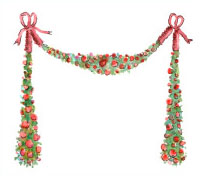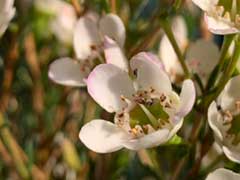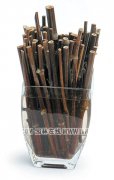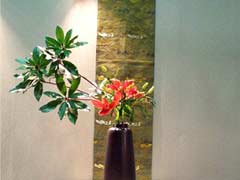Which flowers are suitable for leaf cutting?
The leaf cutting method is suitable for adventitious buds and adventitious roots on the leavesFlowers.
For example, begonias, gloxinia, tigertail orchid, stone lotus, sungrass, ground rooting, etc., all can use leaf insertion methodReproduction. Leaf cuttings need to choose strong and fully mature leaves. When cutting begonias, cut off the petiole and leaf margins to reduce evaporation, and cut some horizontal openings on the back veins with a knife, and then cut the leavesSpread it flat on a substrate of fine sand or half of grass charcoal and sandy soil, and finally spread a few small stones on the leaf surface, or fix the leaf veins with bamboo sticks so that they can stick to the substrate and continuously absorb water to avoid withering.Adventitious roots can grow from the cut and sprout to grow into small plants.
When inserting the leaves of Phyllostachys chinense, cut the cut leaves horizontally to grow leaf segments of about 5 cm, and insert them straight into the sand, 2 cm above the sand surface, that is, a new rhizome can grow at the base of the leaf segment, and the upper part will germinate.A new plant is formed. When the Gloxinia leaves are inserted, there is a section of petiole about 3 cm in length on the leaf, and the petiole is inserted into the sand, and then a small ball is formed at the base of the petiole, and roots and buds are formed.
In addition, the scales of lily flowers can also be used for leaf cutting. When leaf cutting, the leaves can be placed flat on the sand surface and closely connected with the sand surface to grow small plants at the veins.
Leaf cutting is usually carried out indoors, and placed in a shade after insertion. Use the dipping method for watering, and never spray water on the leaf surface to prevent the broken veins of the cutting leaf from getting water on it and affecting survival.
- Related knowledge
- The difference between leaf cutting and cutting illustration
- The time and method of cutting five-needle pine carefully
- What kind of rooting agent can be used instead, willow bark is preferred
- Can rooting water be poured every day, not recommended
- Can the soaked rooting water still be used? How long can it be kept after mixing
- How to use carbendazim and rooting powder
- How to reproduce succulent leaf cutting easy to master
- Mulberry cutting propagation time combined temperature
- What kind of flowers are suitable for Chinese New Year
- What is the best substrate for cuttings
- Methods for easy rooting by cutting propagation|simple and practical
- Editor's recommendation
- How to keep fresh cut leaves
- Learn flower arrangement together
- Easy to make rooting liquid
- How to make your own dried flowers
- Family glass bottle flower arrangement
- How to choose new wedding flower application and selection
- Which flowers are suitable for leaf cutting?
- Japanese flower arrangement appreciation picture
- What should be paid attention to in water insertion propagation?
- The essentials of bouquet arrangement







